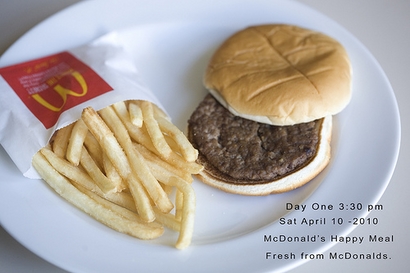 While we are now past early October some of those life saving vegetables are available, abundant and at their best. We are spoilt for choice with all sorts of vegetables available at our local farmers market because they come from warmer climates such as coastal areas or near Sydney. But what is coming out of our own backyard? Well in the local area we are picking things like peas, broad beans, globe artichokes, fresh garlic and plenty of leafy greens. Broad beans and globe artichokes are both a bit of work to prepare but I think they are well worth the effort - even if we aren't in a famine.
While we are now past early October some of those life saving vegetables are available, abundant and at their best. We are spoilt for choice with all sorts of vegetables available at our local farmers market because they come from warmer climates such as coastal areas or near Sydney. But what is coming out of our own backyard? Well in the local area we are picking things like peas, broad beans, globe artichokes, fresh garlic and plenty of leafy greens. Broad beans and globe artichokes are both a bit of work to prepare but I think they are well worth the effort - even if we aren't in a famine.I have had a few people ask me for ideas on what to do with so many broad beans so here is a couple:
Broad Bean Salad with Mountain Ham and Mint
2-3kg fresh young broad beans
1 bulb fennel
few spring onions, finely sliced
6 slices cured ham such as jamon serrano or prosciutto
Fruity olive oil
good handful of mint
1 lemon
salt and pepper
handful young salad greens (optional)
Remove beans from their pods. To remove their skins, blanch the beans in boiling water for 1 - 2mintues, then cool in iced cool water (the time required will depend on the maturity of the beans - the younger they are the less cooking required). Pop out the beans by piercing the grey-green skins with your thumbnail to free the bright green, barely cooked bean.
Trim and wash the fennel.
When ready to make the salad, slice the fennel into thin shreds (a mandoline works well for this) and put into a bowl. Add the broad beans, sliced spring onions, and a good spinklng of sea salt. Drizzle generously with fruity olive oil to coat. Coarsely chop the mint leaves and add them, then squeeze the juice of half the lemon over the salad. Toss well, taste and add more salt, oil and or lemon juice if required.
Put onto serving platter and surround with thin slices of mountain ham. You can slice the ham fine or just tear it into pieces and scatter over. Garnish with a few fresh young salad greens and serve. serves 4
Morocan broad bean dip
Try serving this with fresh or toasted pita bread and a plate of fat black olives. It is also great as a dip for raw veggies or spread on sour dough toast.
1kg broad beans, shelled (larger, starchier beans are better for this recipe)
2 cloves garlic, chopped
1 teaspoon freshly chopped oregano
1 teaspoon ground cummin
1/4 cup olive oil
salt and pepper
garnish
1 teaspoon paprika
1/2 teaspoon chilli powder
1/2 teaspoon ground cummin
1 tablespoon olive oil
3 spring onions, finely chopped
Boil the shelled beans for 15 minutes until quite tender. Drain through colander set over a bowl and reserve the cooking water. Tip 1/2 cup cooking water into a blender. Add beans, garlic, oregano, cumin, oil, salt and pepper and blend. If too thick, pour in a further 1/2 cup cooking water and blend again to a smooth puree, stopping and scraping the mixture once or twice. Taste and adjust the seasonings. Transfer to a flat, rustic-looking bowl. To garnish, mix paprika, chilli powder and cumin with oil, then dribble onto the puree, Scatter with spring onion. Serve with bread, toast or as a dip.
Recipes: David Tannis and Stephane Alexander









